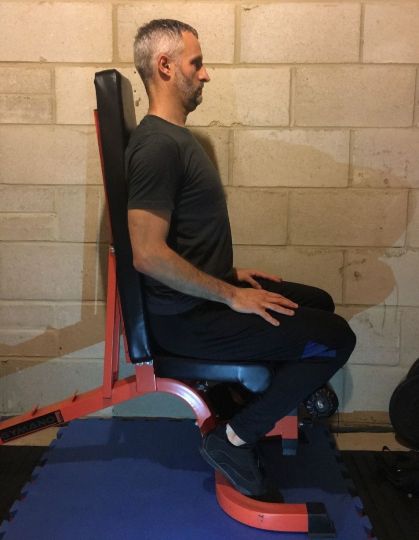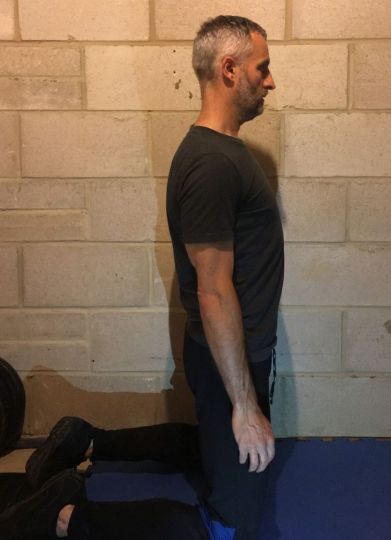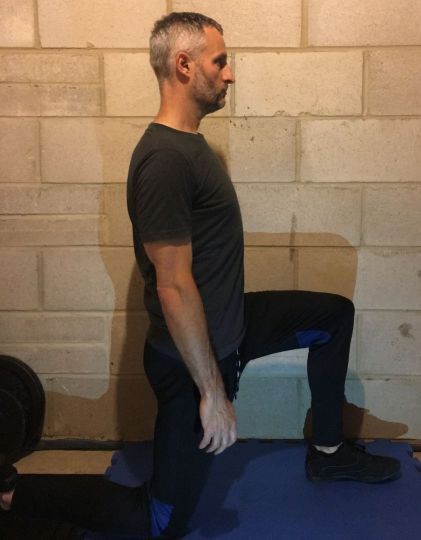What are the different bases of support?
We all have different lifestyles all of which define our movement ability. Our movement ability will be shaped by our daily routines which these days includes a fair amount of sitting. Often movement will be shaped by an injury, recent or historic.
Different bases of support in exercise are important and this is one, sitting, that should be avoided, arguably, without exception!

Depending on your starting point, therefore, it may be unwise to start exercising in a standing position. The lower half of the body can quite ably assist in stabilising and transferring power to give the top half a little boost. Doing things in a sitting position asks very little of the natural supporting muscles and provides a whole heap of unnatural stability. Of course it allow us to exercise safely but, in my opinion, poorly without really asking the core, glutes (bum), quads, hamstrings to be involved.
Remove your legs!
Taking the legs out of play, and kneeling with the knees quite wide, will lock the hips making the top half of the body do all the work. Performing certain movements in a kneeling position removes any stability assistance from the hips down and, as a result, helps fire up the trunk, core and deep abdominals, to stabilise the upper body to protect the spine.
Adding rotation, or resisting rotation starts to get all the abdominal muscle groups working together. You may never have had a 'core' workout like it.
Once the trunk begins to re-learn it's stabilising role the base of support can change to a split kneeling position which starts to unlock the hips adding a little instability and adds a little more work for the trunk to do.

Left to right imbalances.
If we are less strong on one side using different bases varying the number of repetitions left to right is a great way to bring the less strong side up to speed and build a more balanced body. It's important to say at this point that any mobility changes the body made to adapt to your particular lifestyle will also need to be addressed.
Increased stability and mobility go hand in hand and worked on together will unlock better results.
The result of methodical progression.
Ultimately the progression will lead to a standing position and when you have worked through the various bases and stances you may well be able to summon more power, lift more, control movement, and your trunk will reflexively react to keep you stable.
Have you ever tried standing on a bus or train without holding on* and being absolutely in control of balance and stability? If you've become a stability master, try moving to single leg stuff for the ultimate challenge!
The options and combinations are virtually unlimited, and each will add a new challenge.
If you've sat down all day, why would you sit down to exercise?
Take care,
Andrew
*this is a rhetorical question so if you try this and fall over, on your head be it**.
**I don’t mean fall on your head I mean that it was your decision and I accept no responsibility for you doing something that was for pondering versus going out and doing!